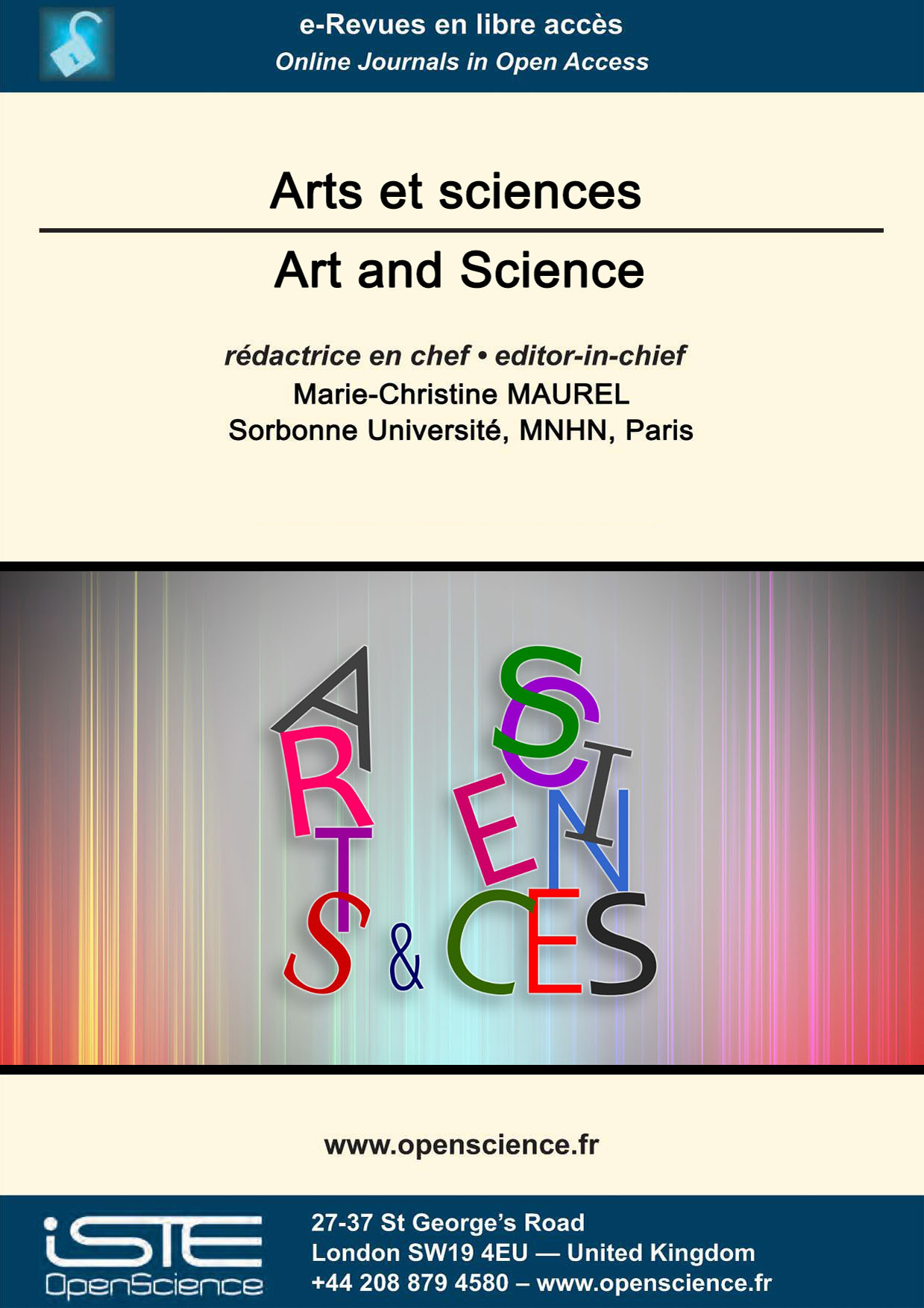

Sciences humaines et sociales > Accueil > Arts et sciences > Numéro
La plupart des dinoflagellés ont des cycles de vie complexes (figures 5, 12), comprenant des cellules d’essaims libres, des formes coccoïdes non mobiles et des kystes au repos (figure 24,25). De nombreuses espèces présentent une bioluminescence (« larmes bleues » figures 15-19) et une toxicité concomitante qui peut s’accumuler tout au long de la chaîne alimentaire et se manifester par des syndromes d’intoxication humaine par les mollusques (Note 2). La plupart des formes libres sont mixotrophes, avec la capacité de photosynthèse et de collecte de nourriture à partir de la lumière. Les dinoflagellés symbiotiques forment une relation symbiotique avec les coraux ; l’arrêt des opérations bidirectionnelles entraînera le blanchissement des coraux (figures 11-14) et la disparition de nos écosystèmes de récifs coralliens. Les cellules de l’essaim de dinoflagellés ont des flagelles avec un mouvement tourbillonnant (grec = dino) (figures 1-4), et peuvent effectuer une migration verticale entre différents plans d’eau pour accéder à une meilleure parcelle de nutriments. De nombreuses espèces sont contre-intuitivement sensibles aux turbulences et ont tendance à s’agglomérer dans les eaux stagnantes, ou comme dans le cas des dinoflagellés symbiotiques, à l’intérieur de leurs hôtes coralliens habituels. Les vastes mers de « proliférations » de dinoflagellés se terminent souvent par des eaux peu profondes ou se transforment en kystes « au repos » qui coulent dans les sédiments benthiques et attendent un meilleur moment ; l’expérience de la vie, de la prolifération et du kyste des dinoflagellés est adoptée comme scénario dans cette « communion art-science. » Le thème principal étant le soi-même et Adieu ma concubine (figure 6). Les individus d’une prolifération, malgré les apparences, ne sont pas les mêmes, car les différentes parties du plan d’eau sont différentes. Certains sont plus près de la surface avec une irradiation et exposition, d’autres sont masqués par la prolifération et font face au benthique avec une condition anaérobie potentielle. La ou les moyennes mobiles sont composées de différents sois, les images exercées et préceptées de soi, peut-être photo-acclimatées et changeant de composition photopigmentaire. Adieu con combiner les différentes étapes du cycle de vie, ce sont tous les mêmes dinoflagellés, avec des épigénétiques et des transcriptomes différents.
Some scenarios of science fiction films, episodes of television series, or documentaries are based on and, or develop the theme of extraterrestrial civilizations’ research and discovery and their various consequences. The present study discusses their likelihood and implausibility by reviewing facts versus fiction in movies and television series. Some selected films were classified into two categories, depending on the location of the fictional discoveries of the remains of extraterrestrial civilizations : on Earth or other planets. Results highlight that while fiction movies are often inspired by controversial ufological theories such as that of ancient astronauts, some of them also emphasize scientific concern such as the risk of biological contamination.
Hermann Fol was a very accomplished Swiss naturalist of the late 19th century, but today is largely forgotten. He was a student of the notable biologists Édouard Claparède and Ernst Haeckel, and like them, specialized in the study of marine organisms. Fol is known only among embryologists for his description of fertilization in echinoderms. In reality, his work ranged well beyond such studies to encompass diverse taxa of the marine plankton, illustrated with remarkable scientific artwork, and included designing various scientific devices. Fol worked on human embryology, light penetration in seawater, methods of reducing microbial contamination of drinking water, and development of a rabies vaccine. His career was marked by a long series of disputes with contemporary naturalists and was relatively short, ending at age 47 with a mysterious disappearance. Here I provide a review of his contentious life, his scientific work, his scientific art, his scientific inventions, and his role in establishing Villefranche-sur-Mer as a center of marine science. The life and work of Hermann Fol is shown to be an example of the very wide-ranging activities of 19th century naturalists, and the apparent dangers of an over-sized ego.
La pratique de l’archéologue et celle de l’artiste, au moment d’investir un site, sont-elles si éloignées ? Pour aborder un espace, il convient de prendre la mesure de l’existant. Si cet existant constitue un indice pour l’archéologue, comment est-il perçu par l’artiste qui tente de l’appréhender ? La plasticienne Charlotte Pringuey-Cessac et le préhistorien Bertrand Roussel évoquent leur approche respective du site de Terra Amata, dans le cadre d’une exposition qu’ils ont présentée du 6 décembre 2019 au 17 mai 2020, intitulée Bruit originaire.

2025
Volume 25- 9
Numéro 12024
Volume 24- 8
N° Spé : OOB2023
Volume 23- 7
Numéro 12022
Volume 22- 6
Numéro 12021
Volume 21- 5
N° Spé : Formes vivantes2020
Volume 20- 4
N° Spé : Des sciences écologiques aux arts du paysage2019
Volume 19- 3
Numéro 12018
Volume 18- 2
Numéro 12017
Volume 17- 1
Numéro 1